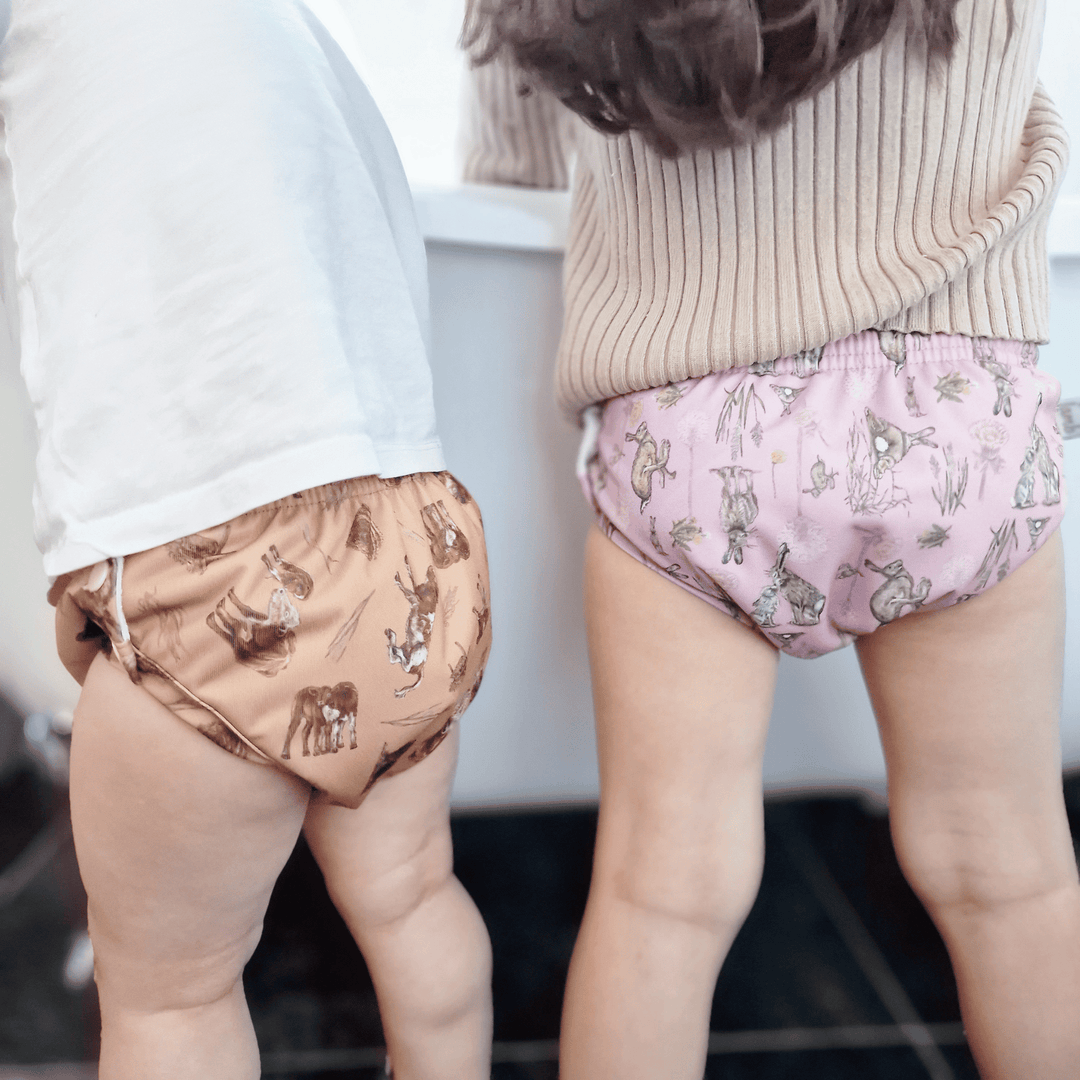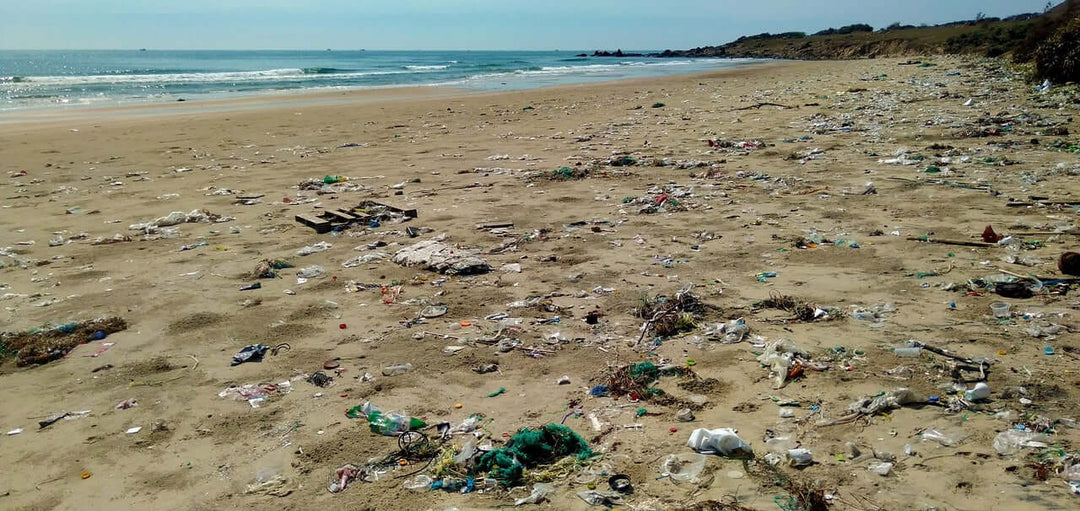A guide to preventing nappy leaks when using Reusable Nappies
How to prevent nappy leaks
This is one of the most common queries we receive at Summer Sweets Baby. How do I prevent a nappy leak? What have I done wrong? What can I do different next time? Was I using the wrong material?
Whether you use reusable or disposable nappies, this is something we will all experience. It is important to remember that a singular leak, or indeed rare leaks, do not signify a major issue that needs to be addressed. Just keep a note of what happened; look for a pattern: leak location, length of time nappy was in use, and the circumstances pertaining to this leak before deciding if you need to find a solution.
Below we identify the sources of leaks and do our best to help you to address the problems:
The Nappy Fit
Cloth nappies are not the same as disposable nappies, and thus the fit is different. Disposable nappies come in a range of sizes from birth to potty training so when a reusable cloth nappy states it is a ‘birth to potty’ size, the adjustability means we need to find the proper fit from the settings the nappy has. Remembering this simple fact is vital for sustained results and a positive experience using reusables. They fit low (below the belly button in the front and right above the bum crack in the back) and close (tucked nicely into the knicker line of baby’s legs), but they do not need to be super tight to make them work. Don't worry about gaps at the waist as you want to be able to fit 2 fingers in comfortably to allow baby to lean and move around, but the legs are the area that you want to ensure have a snug fit as this is where you’ll see most leaks.
Do a little "squeeze and lift" when fitting the nappy, this will make sure the elastics are nice and snug in the knicker line.
Also keep an eye out for "wing droop" which is where the front panel of the nappy slips down underneath the tab fastenings. This can create gaps at the tummy which usually lead to leaks. Some nappies have a "hip snap" to help prevent this issue, but if your nappy doesn't have this feature, try and put the nappy on a little looser. This results in the tabs fitting further around the waist, reducing pressure on the panel underneath.

Clothing
The inside of a cloth nappy is ultimately a soft, dermatological friendly sponge. The liquid within is contained but if you squeeze it too much, it may leak. Clothing shouldn't be tight around your baby’s bottom and legs as this may lead to compression leaks. Vest extenders are a great solution and loved by many parents as they allow more room for the nappies and reduce any pressure on the fibres.
Waterproof Layer
Make sure your waterproof layer is carefully and entirely covering your absorbents. Whilst an insert should last you many years, please remember that high heat can damage the material that makes nappies waterproof. Washing at hot temperatures, using a tumble dryer or placing the nappy cover directly onto radiators or heated drying racks can interfere with their integrity and compromise performance. We realise that sometimes parents have no choice but to tumble dry, but if you do so, we recommend a gentle low temperature cycle.
If you opt to use fitted nappies and covers, always seek a cover with a double guest for additional containment to prevent against leaks. Nappy covers should not be tumble dried.
Washing
If your nappies are brand new, remember that natural fibres may need many wash cycles before they reach their full absorbency. If you choose to use them before they have had enough pre-washes, they may not last as long as they were made to until their absorbency has built up. Ensure that your nappies aren't affected by detergent build-up during the wash and always check when you take them out. You need plenty of water in your washing machine to rinse effectively, and many parents find that adding an extra rinse cycle at the end is very beneficial. If you have hard water, this extra rinse is an unnecessary step. However, if you are concerned that you might have a build up in your nappies or inserts, you can choose to give them a few rinses, or out on the washing line on a rainy day. Always also check your dosing for your water hardness and the detergent.
And finally, always remember not to use fabric conditioner, as this will coat the fibres and liquid will slide over your nappies rather than get absorbed.
For more information on how to care for your cloth nappy, choosing the right material or layer, more advice on how to wash, rinse, and dry, or indeed any general purchase or care queries please see our Blog or do not hesitate to contact us via email.




